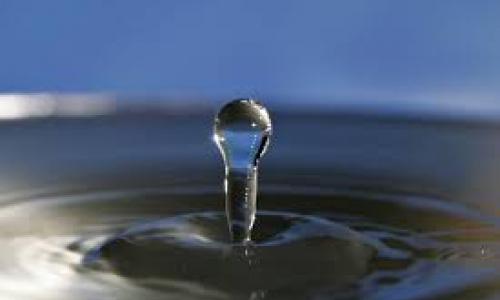History of Water Privatisation in India
Failure of the public sector to provide water to all or to regulate its use that has formed the basis for those who argue that like other resources, water too must be more efficiently utilised.
National Water Policy 2002
Private sector participation should be encouraged in planning, development and management of water resources projects may help in introducing innovative ideas, generating financial resources and introducing corporate management and improving service efficiency and accountability to users.
Where the debate actually gets polarized is whether bringing in efficiency also means bringing in the private sector? Supporters of privatisation argue private companies are better placed to increase efficiency. Critics say private companies will raise tariffs making water unaffordable.
History of Jusco
Jamshedpur Utilities and Services Company (Jusco) is a wholly-owned subsidiary of Tata Steel, the flagship company of the Tata group, formed in 2003. It is the Tata vehicle in the emerging water sector in the country having the experience of managing water service in Jamshedpur city for over nine decades. According to the JUSCO website (juscoltd.com), JUSCO has been managing the water supply of Jamshedpur for the last 102 years. In addition to Jamshedpur and Mysore, it has water supply operations in Bhopal, Gwalior, Calcutta, Haldia, Muzaffurpur and Chennai. Mysore project is the third consecutive prestigious water project it has won (in 2008) — the other two are both build and operate (BOT) projects in Salt Lake Sector-V, Kolkata and the industrial city of Haldia. These three projects coupled with Jamshedpur have enhanced Jusco's credentials as the largest water supply developer and operator in the country. According to the website jipm.or.jp of the Japan Institute of Plant Maintenance, a public corporation under Japan's Ministry of Economics, Trade & Industry, JIPM gave out Total Productive Maintenance Excellence awards in 2008 to fifty companies all over the world and JUSCO was one of the awardees. According to the website globalwaterawards.com, JUSCO was one of just 4 nominees for the 2008 Water Company of the Year global award.
Problems with existing Vani Vilas Water Works in Mysore: (Source: http://www.mygrapa.blogspot.com/)
Mysore city water supply is suffering from many serious problems. A significant portion of customers do not have meters. Most of the meters are not working properly. There is plenty of leakage all over the city. As a result of these factors, only a small fraction of the water pumped into the city gets billed. Many customers do not pay their water bills. So MCC is collecting only a fraction of the amount due to it. Due to lack of revenue, maintenance of the system is not possible. In many localities, water is supplied once in few days. When it is supplied, the pressure is low. Quality of water supplied is also poor. So poor that one can not help wondering why we are not having epidemics every day! No one knows where all the underground pipes and valves are. As a result, in many cases, one can not even localize the problem. These problems are getting worse with time. After spending Rs. 130 crores of ADB loan to provide 24x7 water supply, we are pumping twice the water into Mysore, but the water problem is increasing. Neither MCC nor the Water Board seem to have the technical expertise required to run the water supply system efficiently. MCC does not have the determination to collect its dues in the face of political pressure. Without outside intervention, the situation will soon become irreparable. It is in need of emergency treatment. The only way out seems to seek the help of competent and experienced professionals. But such help does not come cheap.







